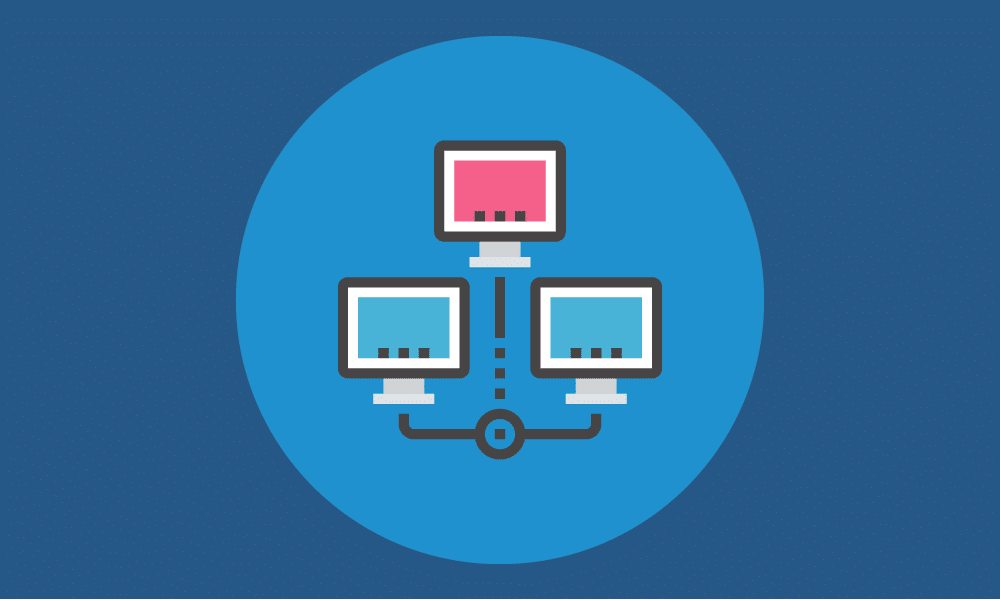Hosting your IT solutions, including your desktops and applications, with an IT hosting provider or cloud computing provider is almost always more cost-efficient than hosting or installing these solutions “locally,” or hosting them on your own physical servers or installing them directly on users’ PCs.
Some of the main reasons that cloud computing is more cost-efficient than local IT include:
Multitenancy

Because of the multitenant architecture of the cloud, hosting providers can host solutions for several different customers on the same physical server.
This both minimizes the hosting provider’s hardware costs (savings that the provider can then pass on to its customers) and allows the customer to pay for just the portion of the physical server that it uses, not the whole physical server.
If you host an IT solution locally, in contrast, you’re always going to have to purchase full physical servers (which can cost $1,000+), even if you only need to use a portion of the server.
Advanced security, DLP, and downtime prevention

Security breaches, data loss incidents, and downtime can be extremely costly. They can result in financial losses in the millions due to lawsuits, fines, lost customers, lost sales, and lost productivity.
IT hosting companies are generally better than in-house IT departments at preventing these types of IT disasters. They can afford to employ advanced security, data loss prevention, and disaster recovery measures that in-house IT departments cannot. Such features include offsite data backups, N+1 redundancy, RAID storage arrays, next-generation firewalls, and 24x7x365 monitoring.
Higher operational efficiency

Hosting providers can manage the hosted solutions of thousands of businesses at once with a relatively small number of administrators. This is due to the fact that the management of IT solutions is mostly automated. It doesn’t require a lot of direct human oversight or interaction.
Thin client and BYOD compatibility

Hosted IT solutions can be accessed from anywhere with any Internet-connected device. These include low-cost devices such as thin clients, budget PCs, and older, ready-to-be-replaced PC workstations.
In addition, users can access their hosted solutions from personal devices that they bring with them to the office.
If you allow your employees to use their personal devices at work to access their hosted solutions (which is called having a Bring Your Own Device (BYOD) policy), you can potentially reduce your end-user hardware costs to $0, without decreasing the manageability or security of your IT.

